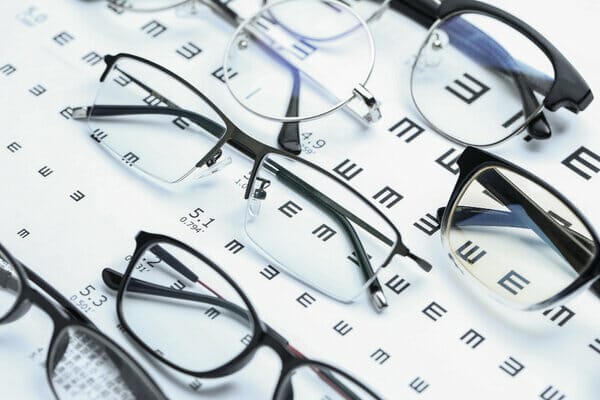Multifocals: These feature multiple focal points in the lens for different aspects of vision, such as distance vision, intermediate, and reading. Bifocals: These types of glasses have two prescriptions in the lenses. The top part is for regular vision, and the bottom is for reading. Bifocals are also multifocal. Progressive Lenses: These are also a type of multifocal glasses with the added advantage of them not having lines separating the sections. These glasses gradually shift their functions from the top of the lens to the bottom, allowing the wearer a more harmonious integration of the different features.















